(VOVWORLD) - Tuscany is known for its rich art heritage and countryside landscapes, but the region’s traditional cuisine is equally impressive. Under no false pretense, Tuscan cuisine leaves people wanting for more purely because of the simple, yet top-notch ingredients. Chef Nico Ceccomoro, owner of two Italian restaurants Cugini and SanZio Deli in Hanoi, will take you through the culinary journey of Tuscany in VOV’s Cultural Rendezvous today.
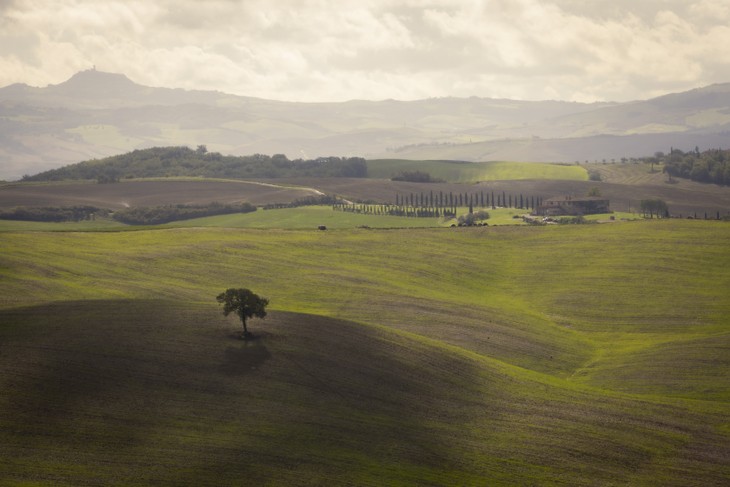 Tuscan’s landscape (Photo: Radek Hloch/Wikimedia Commons) Tuscan’s landscape (Photo: Radek Hloch/Wikimedia Commons) |
Tuscany, in the mind of many people, is associated with luxurious summer vacations: sun-drenched hills stretching to the horizon, dotted with towering cypress trees, lush vineyards and stone-clad villas. The region’s cuisine, however, has a humble beginning far different from its current perceived image. Tuscan food is based on the idea of “cucina povera”, which means “peasant food” or “poor cuisine”.
It all began long before the boom of mass agricultural production, Nico explained, when farmers scraped together whatever left-over produce they had to create dishes for their family. The ingredients might be frugal, but the taste is nothing short of delight.
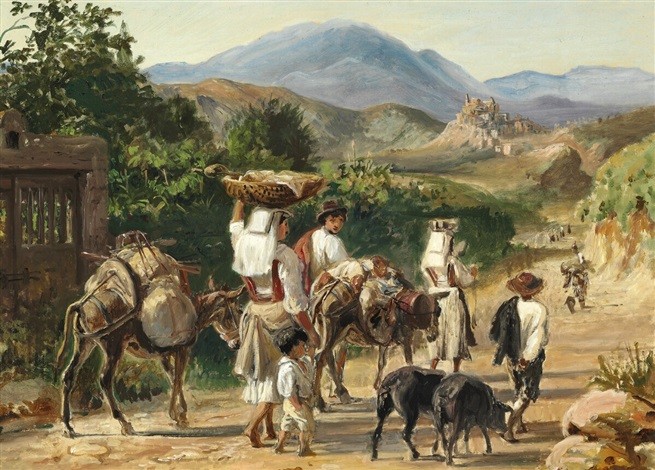 The idea of "Poor Cuisine" began with farmers who made use of the leftover produce. (Photo: Wilhelm Nicolai Marstrand/Wikimedia Commons) The idea of "Poor Cuisine" began with farmers who made use of the leftover produce. (Photo: Wilhelm Nicolai Marstrand/Wikimedia Commons) |
“They only had some spare things that they kept for their family. For example, the butcher or the farmers would keep just the things that the rich people wouldn't buy. And in Tuscany, they were smart enough to use the poor ingredients and make them outstanding. When you have a very simple dish made of super simple ingredients and it tastes delicious, it’s memorable and that's why I think Tuscan cuisine is famous,” he said.
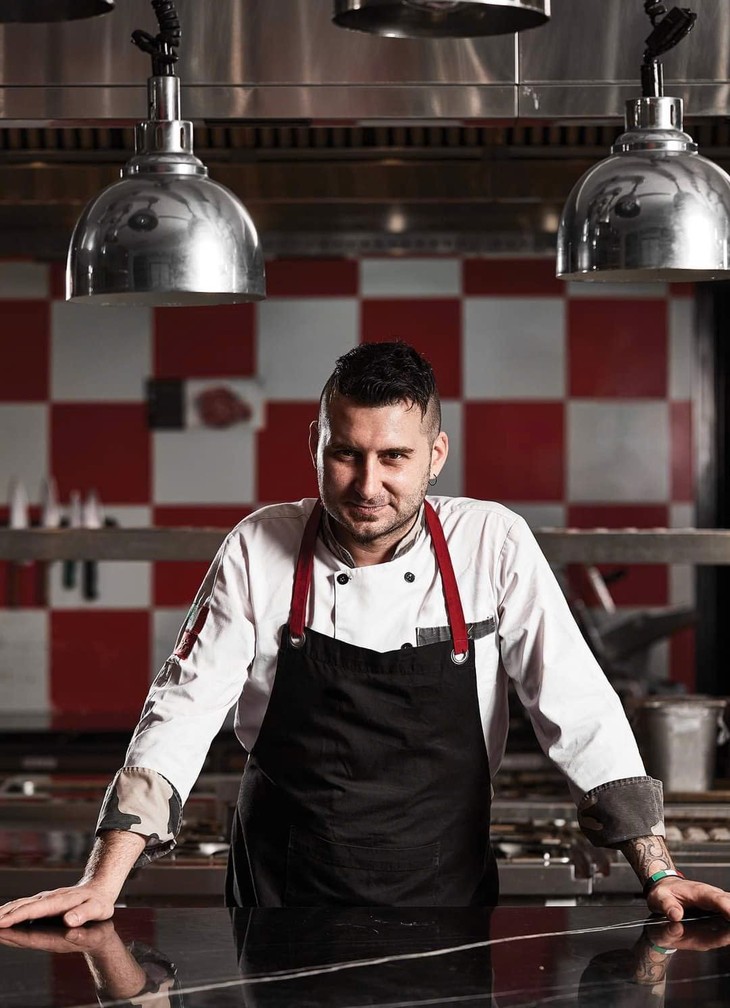 Chef Nico Ceccomoro, owner of two Italian restaurants Cugini and SanZio Deli in Hanoi (Photo: Nico Ceccomoro) Chef Nico Ceccomoro, owner of two Italian restaurants Cugini and SanZio Deli in Hanoi (Photo: Nico Ceccomoro) |
Even with the modern-day economic development, peasant food remains the essence of Tuscan culinary tradition. The best dishes of the region are based on the produce of the local farmers themselves. For appetizers, artisanal cold cuts and cheese, especially Prosciutto and the famous sheep’s milk cheese Pecorino, are the most common choices. Then comes the pasta, followed by a meat or seafood main course.
For a taste of the regional specialty, the Florentine steak is a must-try. Paired with a glass of Chianti, the rare-cooked T-bone steak will satisfy even the harshest critic.
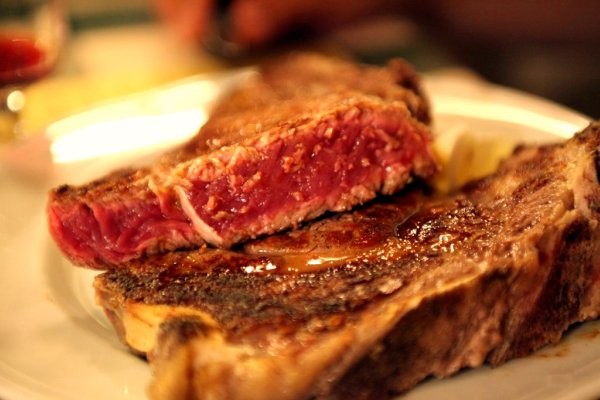 The Florentine steak is a must-try when you come to Tuscany. (Photo: Gail/Wikimedia Commons) The Florentine steak is a must-try when you come to Tuscany. (Photo: Gail/Wikimedia Commons) |
“The Chianina, which is the breed used for the Fiorentina steak, is one of the first cattle ever registered in history, so the DNA of this cow is over 2,000 years old. It is older than the Roman Empire. I'm very proud that we have something so outstanding. That is one of the first dishes that you should try,” Nico told VOV.
Game food - dishes made from hunted wild animals, are another regional pride. Game meat can be a dish on its own or it can elevate Tuscan signature dishes. Wild boar ragu with pappardelle pasta, for example, is a match made in heaven.
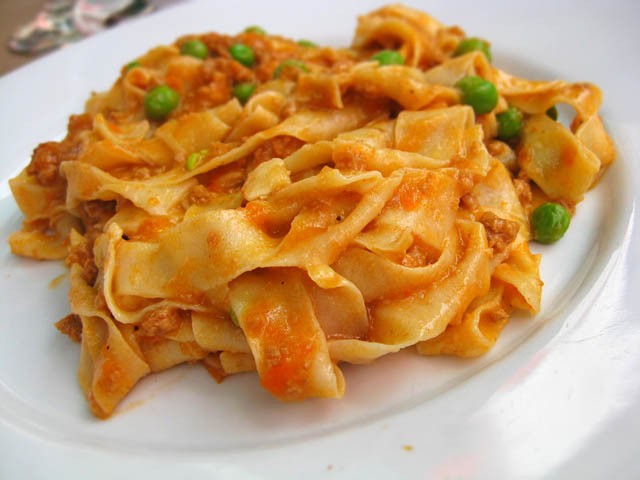 Pappardelle with wild boar ragu, another Tuscan signature dish. (Photo: Jason Lam/Wikimedia Commons) Pappardelle with wild boar ragu, another Tuscan signature dish. (Photo: Jason Lam/Wikimedia Commons) |
“Tuscany is very famous for meat, most of the region is developed on the hills so the cuisine specializes in game food, like wild boar, birds or deer. Tuscan people have a very different style for meat storage, fermentation, and cooking style so I think their game food is great,” Nico noted.
But no matter the cooking techniques, Tuscan food, like any other region in the boot-shaped country, upholds the same principles for Italian cuisine: fresh, locally-grown ingredients, with simple seasoning to bring out the natural flavors.
“We are all kind of oriented toward the same cuisine. It’s just that we have different traditional recipes. Let me make an example for you, Hanoi is very popular for the Pho, but Hue is famous for the Bun Bo, right? These dishes have similar spices, but they are completely different. This also applies to Italian cuisine,” Nico explained.
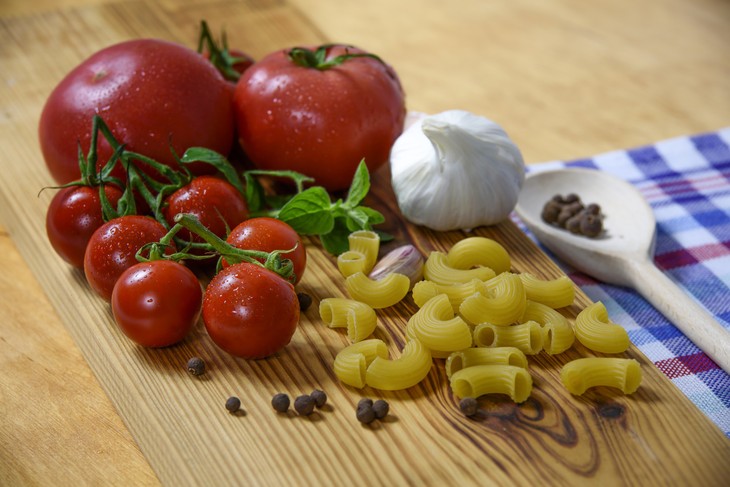 Fresh, quality ingredients are key in Italian cuisine. (Photo: Wikimedia Commons) Fresh, quality ingredients are key in Italian cuisine. (Photo: Wikimedia Commons) |
As Italian cuisine was introduced to the world, some of the traditional recipes were changed to fit the locals’ taste buds. Nico himself also had to alter the dishes when he opened his restaurant in Vietnam. Still, while bringing a creative twist to the dish may enhance its flavors, some restaurants have transformed their so-called “Italian food” to the point that it loses the essence.
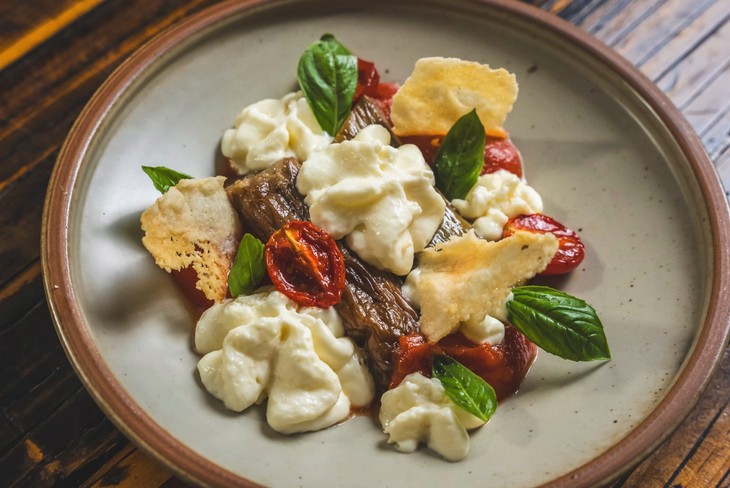 As a chef, Nico is open to change, but tradition should always be respected (Photo: Nico Ceccomoro) As a chef, Nico is open to change, but tradition should always be respected (Photo: Nico Ceccomoro) |
“The only problem I could say is that it is confusing. People now lose consciousness of what is authentic and what is not authentic. I believe personal preferences are very important and you should adjust things according to your taste. But if you really want to create something new, you should change the name. You can’t call it the pizza or whatever it is just because you want to grab people’s attention. This is what I see happening very often,” the chef added.
The beauty of Tuscan gastronomy, or Italian cuisine in general, lies in its simplicity. Despite its numerous modern variations, traditional Tuscan cuisine still has a special place in the hearts, and the stomachs, of food lovers across the globe.